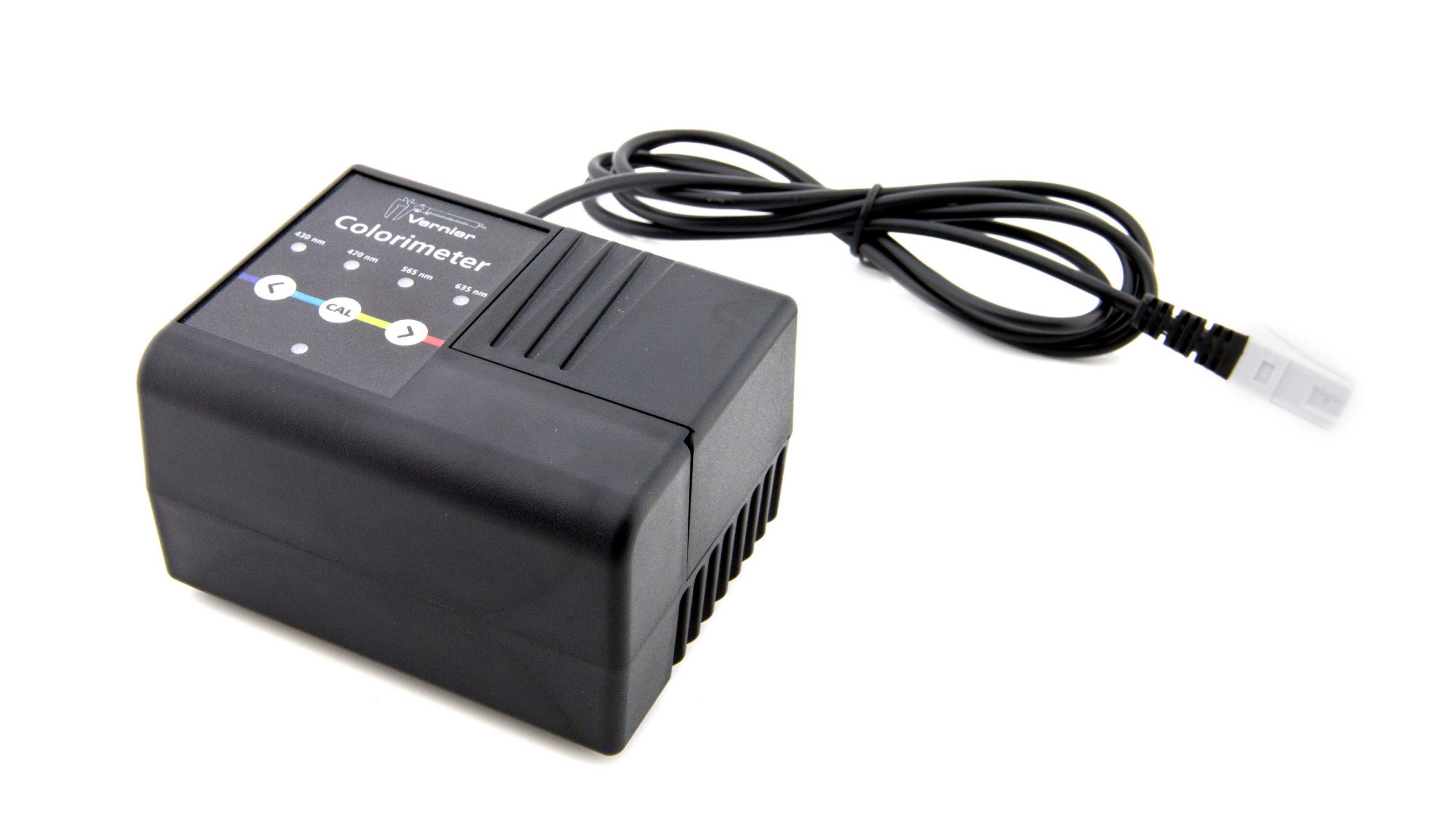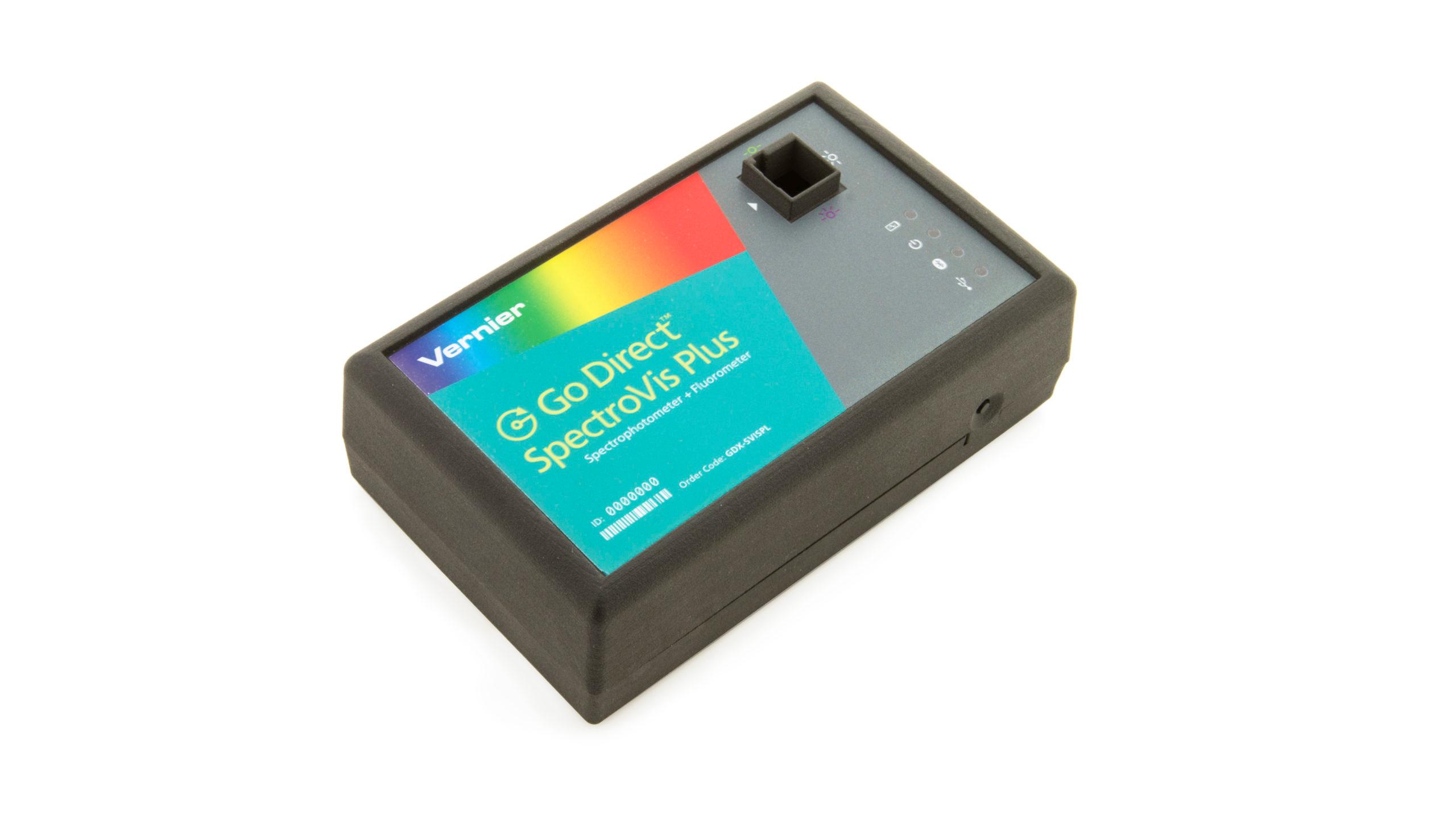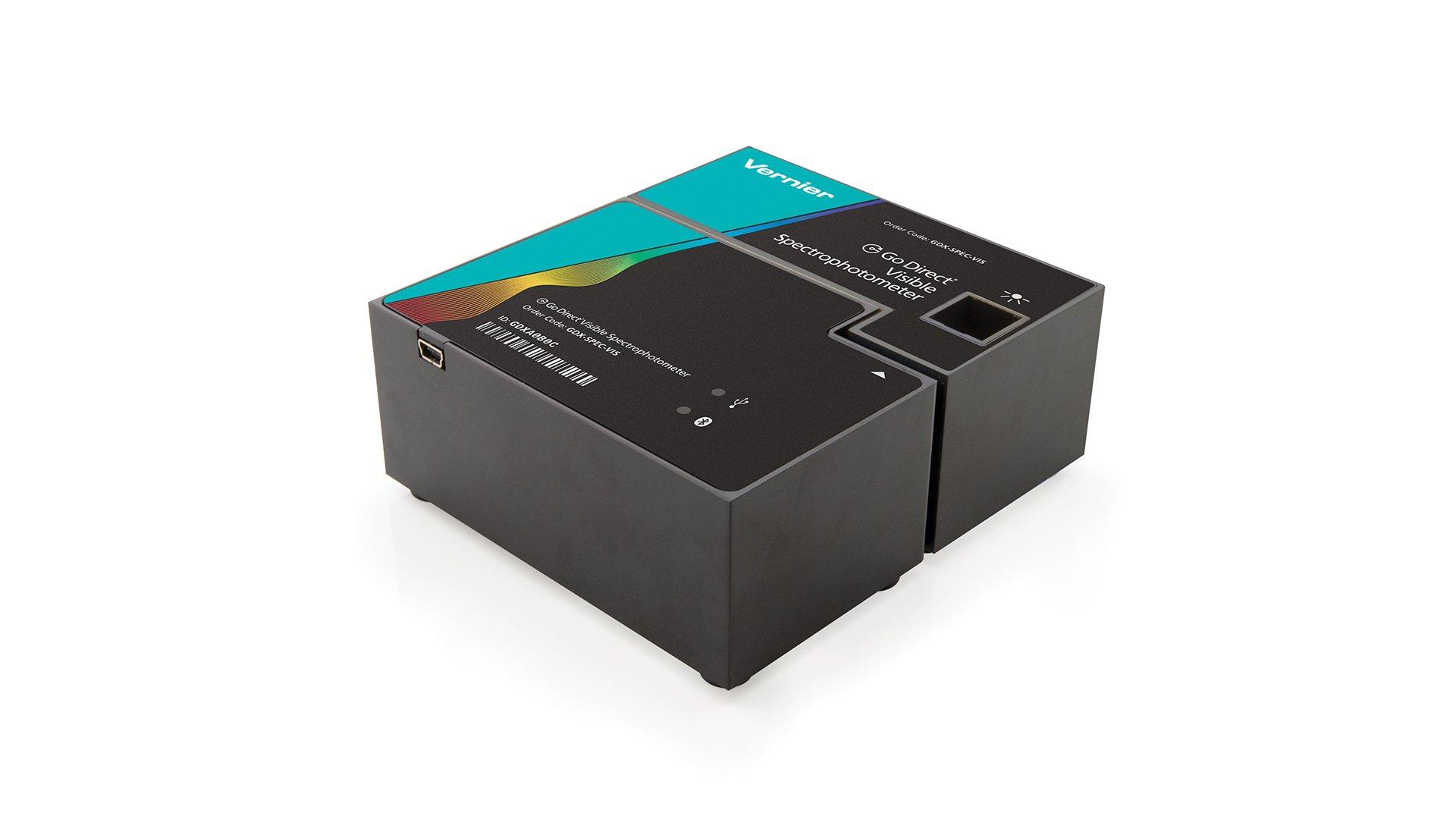Introduction
Phosphorus is an essential nutrient for all aquatic plants and algae. Only a very small amount is needed, however, so an excess of phosphorus can easily occur. Excess phosphorus is usually considered to be a pollutant because it can lead to eutrophication—a condition where an overabundance of nutrients, such as phosphorus, causes increased plant and algal growth. Eutrophication can lower the levels of dissolved oxygen in the water and can render the water uninhabitable by many aquatic organisms. Phosphorus is often the limiting factor that determines the level of eutrophication that occurs.
Most phosphorus in surface water is present in the form of phosphates. There are four classifications of phosphates often referred to in environmental literature:
- Orthophosphates are the inorganic forms of phosphate, such as PO43–, HPO42–, and H2PO4–. These are the forms of phosphates used heavily in fertilizers and are often introduced to surface waters through runoff.
- Organically bound phosphates are the forms of phosphate that are found in human and animal wastes or in decaying organic matter.
- Condensed phosphates (also called polyphosphates), such as P3O105–, are sometimes added to water supplies and industrial processes to prevent the formation of scaling and to inhibit corrosion. This is the form of phosphate that was commonly found in detergents in the past.
- Total phosphates are the sum of all three of the forms described above. This is the most commonly reported form of phosphate concentration.
Phosphates are added to surface waters by a variety of means. Humans add phosphates to water through industrial and agricultural waste. Fertilizers contain high levels of phosphates that can enter waters by means of runoff and soil erosion. In areas where land and vegetation have been disturbed, soil erosion increases. This leads to even more phosphates being washed out of the soil and into the water. Phosphates can also come from the excrement of animals living in or near the water.
Orthophosphates are relatively easy to measure and will usually give a rough indication of the total level of phosphates in the water. Orthophosphate concentration is determined by means of a chemical reaction resulting in a color change that is dependent on the concentration of orthophosphates present.
The test for total phosphates involves digesting, or treating the sample with an acid and an oxidizer, and boiling for 30 minutes to convert all the phosphates into orthophosphates. The orthophosphate test is then conducted on the sample. The results are reported as total phosphates. This test is more involved than the orthophosphate test, but it is the form of phosphates most commonly reported.
Objectives
- Determine the concentration of phosphates or orthophosphates in a stream or lake using a Colorimeter.
Sensors and Equipment
This experiment features the following sensors and equipment. Additional equipment may be required.
Option 2

Ready to Experiment?
Ask an Expert
Get answers to your questions about how to teach this experiment with our support team.
- Call toll-free: 888-837-6437
- Chat with Us
- Email support@vernier.com
Purchase the Lab Book
This experiment is #7 of Water Quality with Vernier. The experiment in the book includes student instructions as well as instructor information for set up, helpful hints, and sample graphs and data.



